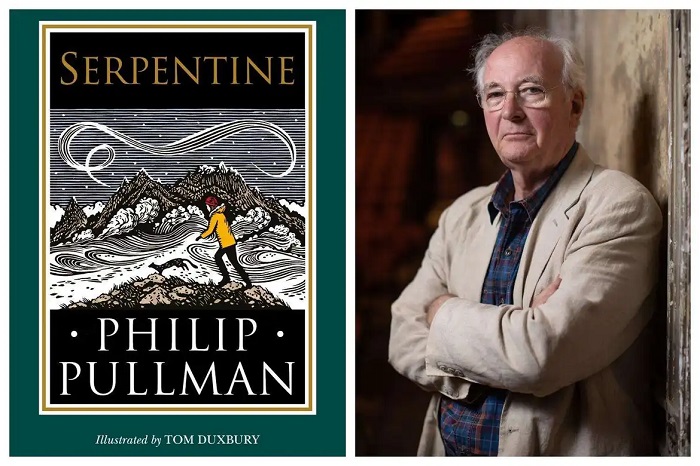
Serpentine, by Philip Pullman, is the latest entry into the author’s much lauded His Dark Materials. Coming in at fewer than 5,000 words, this is not a story, it is a short story. However, it will stand up to multiple readings. Because this is such a short entry in the His Dark Materials universe, there is not much I can say about the plot without giving everything away; however, I can say that Serpentine focuses on teenager Lyra Silvertongue and her daemon Pantalaimon visiting the town of Trollesund with an important interlude involving Dr. Lanselius and his daemon snake. Lyra and Pan’s necessarily close relationship is on full display here. Pullman’s writing is always clear, beautiful, and precisely honed. The story feels like a lazy Sunday afternoon with close friends and is heart-warming and philosophical. Fans of His Dark Materials will be charmed from the first page. I cannot recommend the book to non-fans since nothing in Serpentine will make sense without context.
For those wondering how this story came to be a separate arc not found in the novels, there is a short author’s note at the end in which Philip Pullman tells us the following: “Why are we publishing this story now? Because with the development of The Book of Dust, especially after the events described in The Secret Commonwealth, we can see a change in the way Lyra understands herself, and her relationship with Pantalaimon, which is prefigured in this little Arctic episode. When I wrote Serpentine, I had no idea that I was going on to write another trilogy, showing Lyra as an adult, but she and her world wouldn’t leave me alone. When it comes to human affairs, a billion invisible filaments connect us to our own pasts, as well as to the most remote things we can imagine; and I hope that, above all, these books are about being alive and being human.” That is all well and good, but Pullman’s description is fairly grandiose considering how little is contained in this story.
The illustrations, by Tom Duxbury, are wonderful and comprise nearly half the book. Duxbury’s drawings are meant to look like woodcuts, though they are not, and add to an overall sense of comfort and nostalgia. The audiobook version, read by actress Olivia Coleman, is delightful but only 23 minutes long. Because the illustrations are not included with the audio version, I cannot recommend the audiobook.